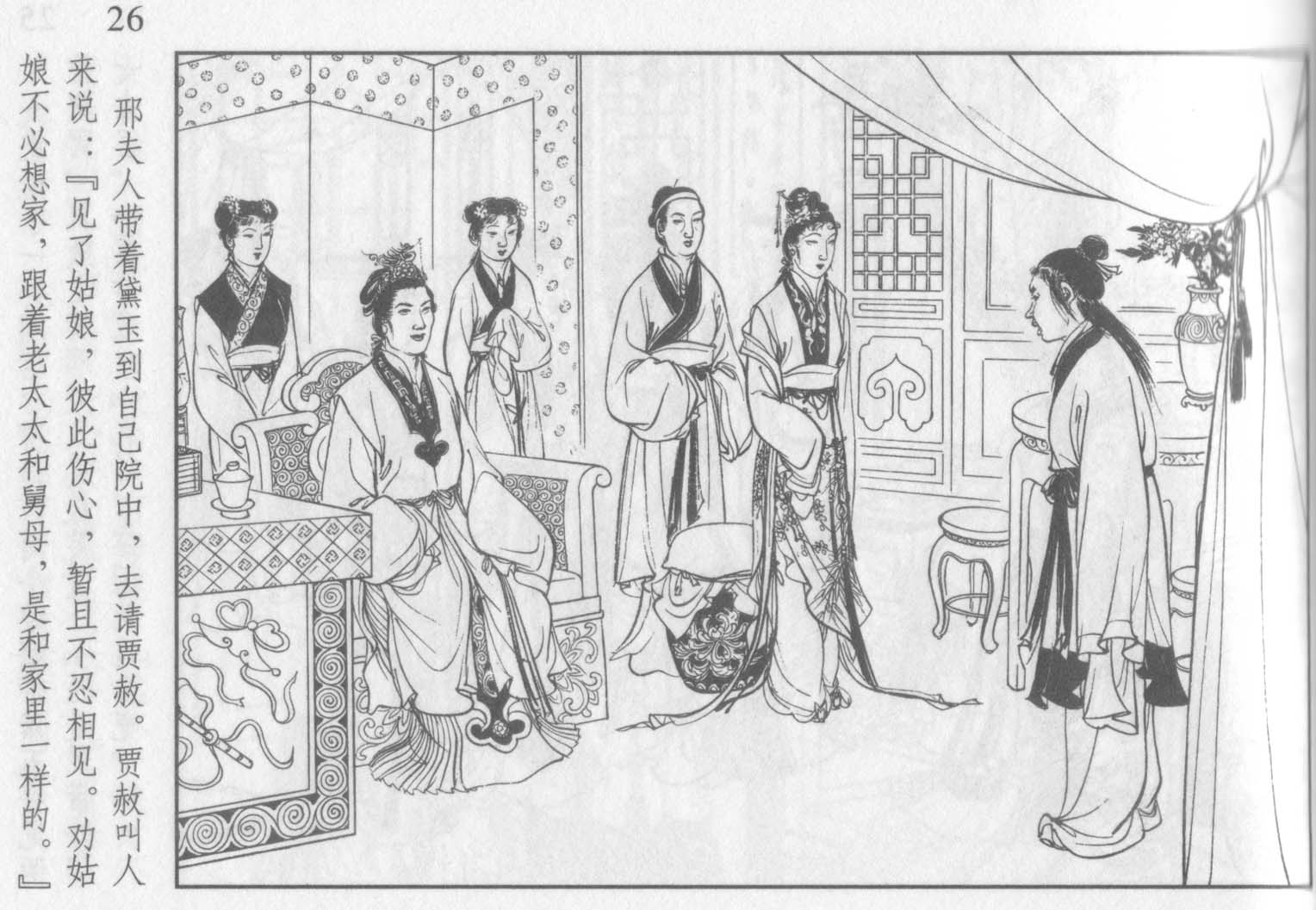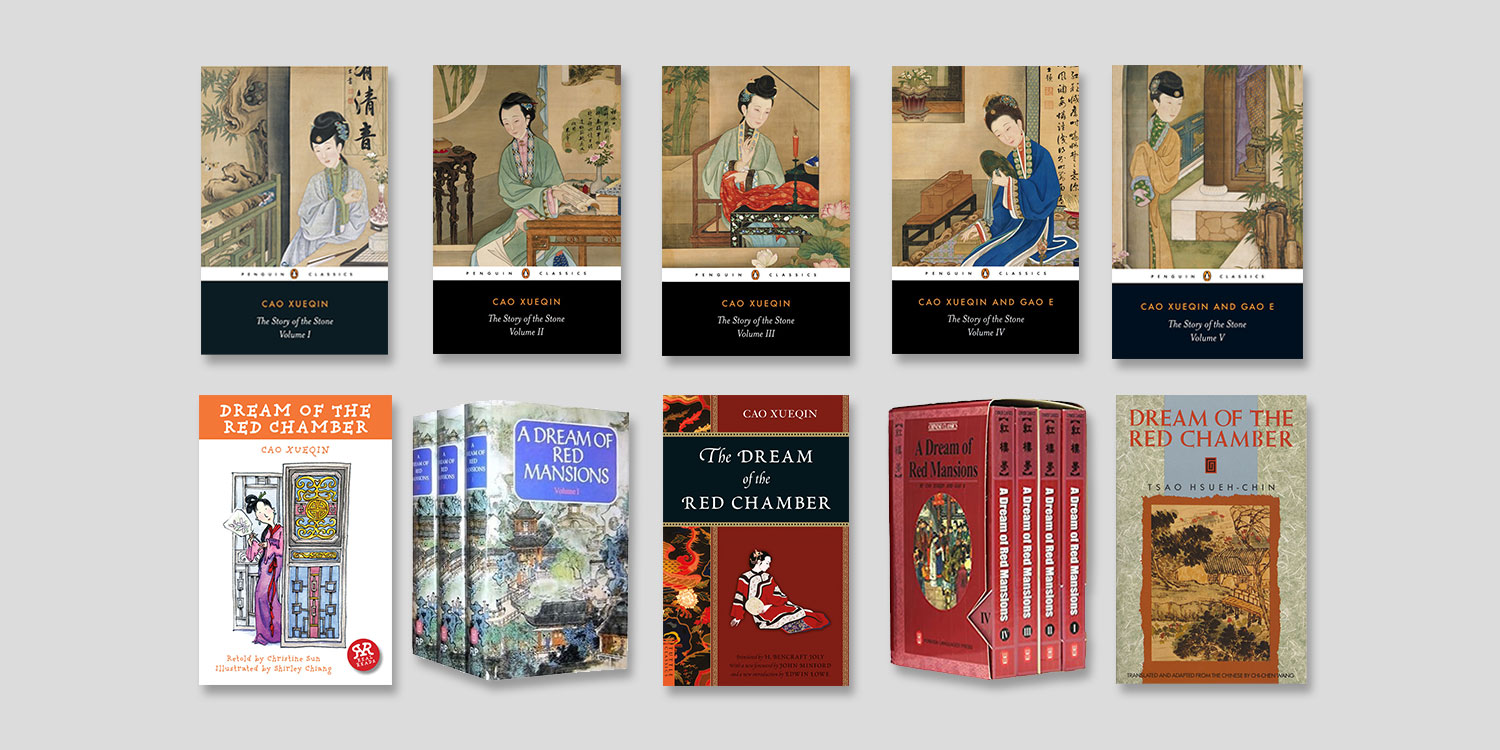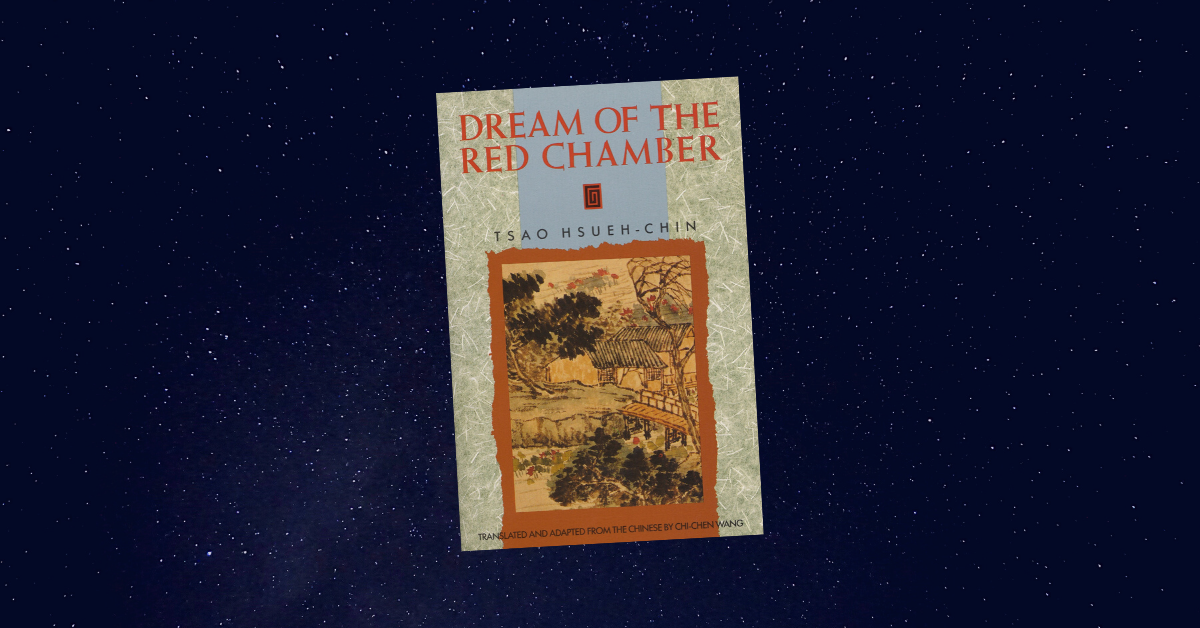Welcome to the intriguing world of Red Mansion Chapter 11, where complex characters, intricate symbolism, and incisive social commentary intertwine to create a captivating narrative. As we delve into this chapter, we’ll uncover the complexities of Jia Baoyu’s relationships, analyze the significance of colors and objects, and explore the ways in which this chapter reflects the social norms of 18th-century China.
Through the lens of literary analysis, we’ll examine the author’s use of foreshadowing, irony, and other literary devices that contribute to the chapter’s overall flow and impact. Join us on this literary journey as we uncover the hidden depths and enduring themes of Red Mansion Chapter 11.
Character Analysis: Red Mansion Chapter 11

Jia Baoyu’s complex character is a focal point in Chapter 11. His interactions with others reveal his multifaceted nature and the intricacies of his relationships.
Jia Baoyu’s love for Lin Daiyu is evident, yet his actions towards Xue Baochai hint at a deeper understanding and respect. Xue Baochai’s practical nature contrasts with Lin Daiyu’s poetic sensitivity, creating a dynamic tension between the two.
Jia Mu and Her Grandchildren
Jia Mu’s interactions with her grandchildren highlight the generational divide and the evolving family dynamics within the Jia household. Her affection for Jia Baoyu and Lin Daiyu reflects her desire for harmony and unity among her family.
Symbolism and Motifs

Chapter 11 of “The Red Mansion” is replete with symbolism and recurring motifs that contribute significantly to the novel’s overarching themes. The chapter delves into the significance of colors, objects, and settings, while also exploring the prevalent themes of love, family, and tradition.
Color Symbolism, Red mansion chapter 11
- Red: Passion, desire, and prosperity. It is associated with the main character, Jia Baoyu, and his romantic entanglements.
- Green: Youth, vitality, and growth. It represents the younger generation of the Jia family and their hopes for the future.
- White: Purity, innocence, and mourning. It is associated with the character of Lin Daiyu, who embodies both the fragility and the strength of the human spirit.
Object Symbolism
- Jade: Preciousness, beauty, and virtue. It is a symbol of the Jia family’s wealth and status, but also of the fragility of their fortune.
- Fan: Communication, flirtation, and elegance. It is used by the female characters to express their feelings and intentions.
- Mirror: Self-reflection, vanity, and the passage of time. It is a reminder of the characters’ mortality and the fleeting nature of life.
Setting Symbolism
- The Garden of Harmonious Interests: A place of beauty, peace, and respite. It represents the ideal world that the characters long for.
- The Rongguo Mansion: The opulent home of the Jia family. It symbolizes their wealth and power, but also their decline and eventual downfall.
- The Ningguo Mansion: The ancestral home of the Jia family. It represents their long history and tradition, but also their past mistakes and misfortunes.
Recurring Motifs
- Love: The novel explores the many facets of love, from romantic passion to familial affection. It examines the complexities of relationships and the challenges of finding true love in a society governed by tradition.
- Family: The Jia family is a microcosm of Chinese society. It represents the importance of family ties, but also the tensions and conflicts that can arise within a large and complex family structure.
- Tradition: The novel grapples with the tension between tradition and modernity. It explores the ways in which tradition can both preserve and stifle the human spirit.
Social Commentary

Chapter 11 of The Red Mansion offers a nuanced glimpse into the social and cultural norms of 18th-century China. It astutely portrays the rigid gender roles, intricate family dynamics, and the profound influence of education on the characters’ lives and the narrative’s progression.
Gender Roles
The chapter vividly depicts the starkly defined gender roles prevalent in Chinese society at the time. Women were expected to be subservient to men, confined to domestic duties, and denied access to education. Jia Min, Baoyu’s mother, embodies this traditional ideal. Her untimely death leaves a void in the household, highlighting the limited opportunities available to women beyond the domestic sphere.
Family Dynamics
The Jia family is a microcosm of the complex family dynamics that characterized 18th-century China. The patriarch, Jia Zheng, is a stern and authoritarian figure who upholds Confucian values. His wife, Lady Wang, is a gentle and compassionate matriarch who attempts to mediate between her husband and children. The relationships between siblings and cousins are also explored, revealing the tensions and bonds that shaped family life.
Role of Education
Education played a pivotal role in Chinese society, and this chapter emphasizes its significance. Baoyu, despite his unconventional nature, is expected to excel in his studies. However, his reluctance to conform to traditional expectations highlights the tension between personal aspirations and societal pressures. The chapter also introduces Jia Yucun, a poor scholar who eventually becomes a high-ranking official, demonstrating the transformative power of education.
Literary Techniques

Cao Xueqin masterfully employs literary devices in Chapter 11 of The Red Mansion to enhance the narrative’s depth and intrigue.
Foreshadowing
- Jia Baoyu’s illness is foreshadowed by his visions of a “mysterious monk and a beautiful young woman,” hinting at his future encounters and romantic entanglements.
- The appearance of the “abducted maid” from the neighboring Ning Mansion foreshadows the upcoming conflict between the two branches of the Jia family.
Irony
- The irony of Baoyu’s illness is that it stems from his excessive indulgence in sensual pleasures, which are meant to bring him happiness.
- The Jia family’s lavish lifestyle is ironically juxtaposed with the poverty and suffering of the common people outside their walls.
Structure and Pacing
The chapter’s structure follows a steady pace, alternating between scenes of Baoyu’s illness and the turmoil within the Jia household. This alternation builds suspense and keeps the reader engaged.
Dialogue and Description
Cao Xueqin uses dialogue to reveal the characters’ thoughts and emotions, while his vivid descriptions immerse the reader in the opulent world of the Jia family.
Closing Notes

In conclusion, Red Mansion Chapter 11 stands as a testament to the author’s masterful storytelling and keen observation of human nature. Through its intricate character dynamics, evocative symbolism, and insightful social commentary, this chapter offers a timeless exploration of love, family, tradition, and the complexities of human relationships. As we bid farewell to this chapter, its themes and characters will continue to resonate, leaving us with a deeper understanding of ourselves and the world around us.
FAQ Resource
What is the significance of the color red in Red Mansion Chapter 11?
Red is a recurring color throughout the chapter, symbolizing passion, love, and desire. It is associated with the characters Jia Baoyu and Xue Baochai, whose relationship is marked by intense emotions and longing.
How does the chapter reflect the social norms of 18th-century China?
The chapter provides insights into the rigid gender roles, family dynamics, and educational practices of the time. It highlights the expectations placed on women to conform to societal norms and the importance of male education in securing social status.
What is the role of foreshadowing in Red Mansion Chapter 11?
The author employs foreshadowing to hint at future events and create a sense of anticipation. For example, the mention of Jia Baoyu’s “jade” and Xue Baochai’s “gold” suggests their future marriage and the tragic events that will befall them.



